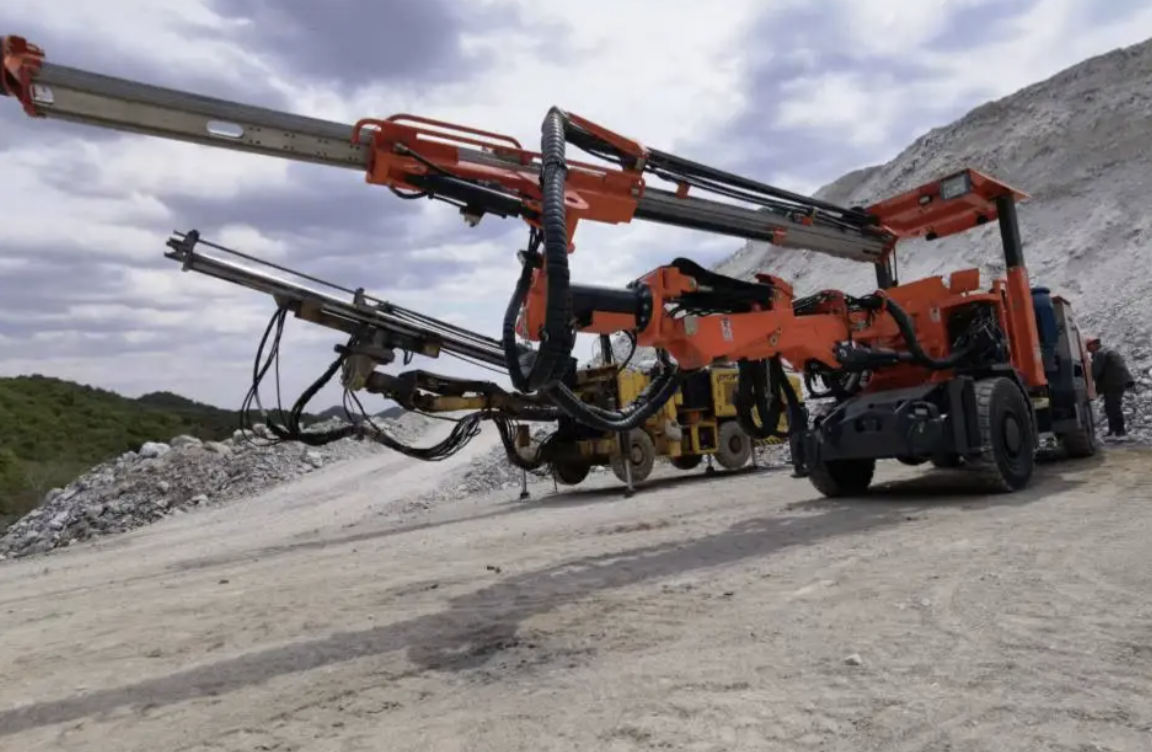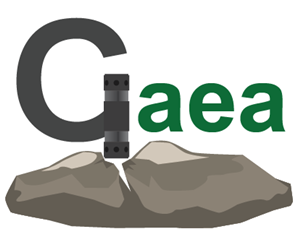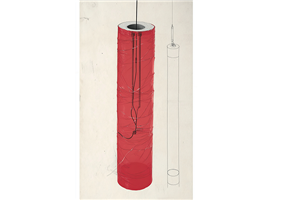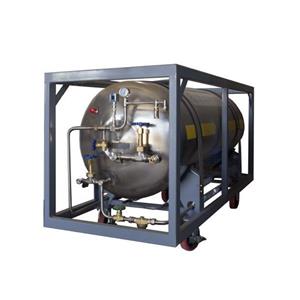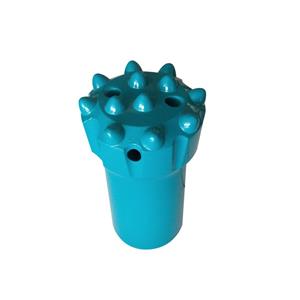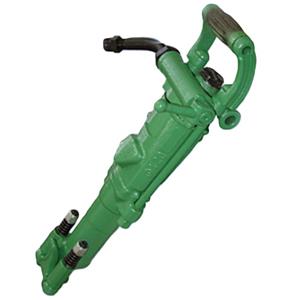Rock Drilling Rig: Drilling Operations and Rig Maintenance
Every piece of equipment has its operating procedures; following the manufacturer’s guidelines closely can prevent many problems.
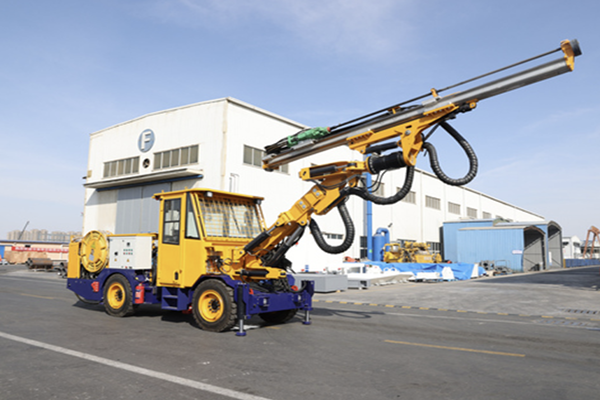
I. Tips for setting drilling parameters
In practice, the driller first sets impact pressure according to rock hardness, then selects drilling speed based on the chosen impact frequency and bit diameter. After the hole is started, set the feed (advance) pressure so that rotation is smooth and stable. If the settings are not ideal and the shank adapter’s life shortens, gradually reduce impact pressure until rotation becomes uniform and stable. You can verify correct parameter settings by checking the temperature of the shank adapter/coupling sleeve: immediately after drilling begins, the sleeve temperature should be around 40°C under water flushing and about 60°C under air flushing.
Most drilling problems stem from loosening at the coupling sleeve, which can occur regardless of selected drilling parameters. To ensure tight make-up during drilling, increase the friction between the bit and the hole bottom—this can be achieved by increasing feed force, raising rotary speed, or changing to a different bit.
II. Drilling operation and rig maintenance precautions
The feed beam must be held firmly against the rock with no movement. If the feed beam moves during drilling, bending stresses will develop and in extreme cases may cause drill-rod fracture.
Do not enable the rig’s impact function until the feed beam and bit are in contact with the rock.
Dry-hammering (operating without proper engagement) will damage the bit and loosen connections.
Start holes in a low-impact mode; it is recommended to drill to about 200 mm depth before switching to high-impact operation.
Provide adequate flushing medium whenever possible. If flushing is started too late, there is a high risk of stuck bits and blockage of the bit’s flushing ports.
During drilling, the bit retainer (shank clamp) should be closed. The clearance between shank adapter and sleeve, and between the sleeve and the retainer, should not be excessive. Replace worn sleeves promptly.
Impact force should always be matched to rock conditions. Reduce impact pressure when drilling soft or friable rock.
Replace shank adapter seals in a timely manner. If seals fail, lubricating oil will leak and will quickly damage the shank drive sleeve and the shank itself.
